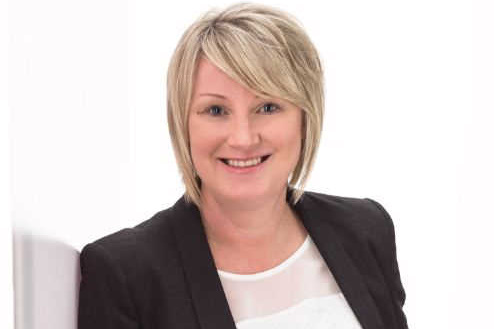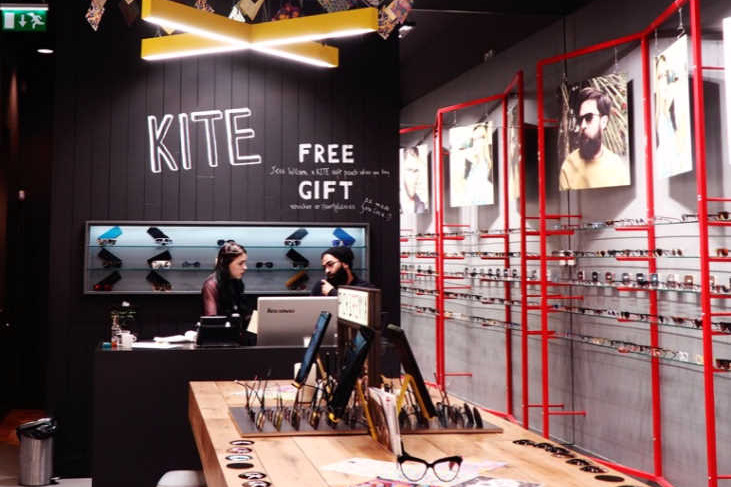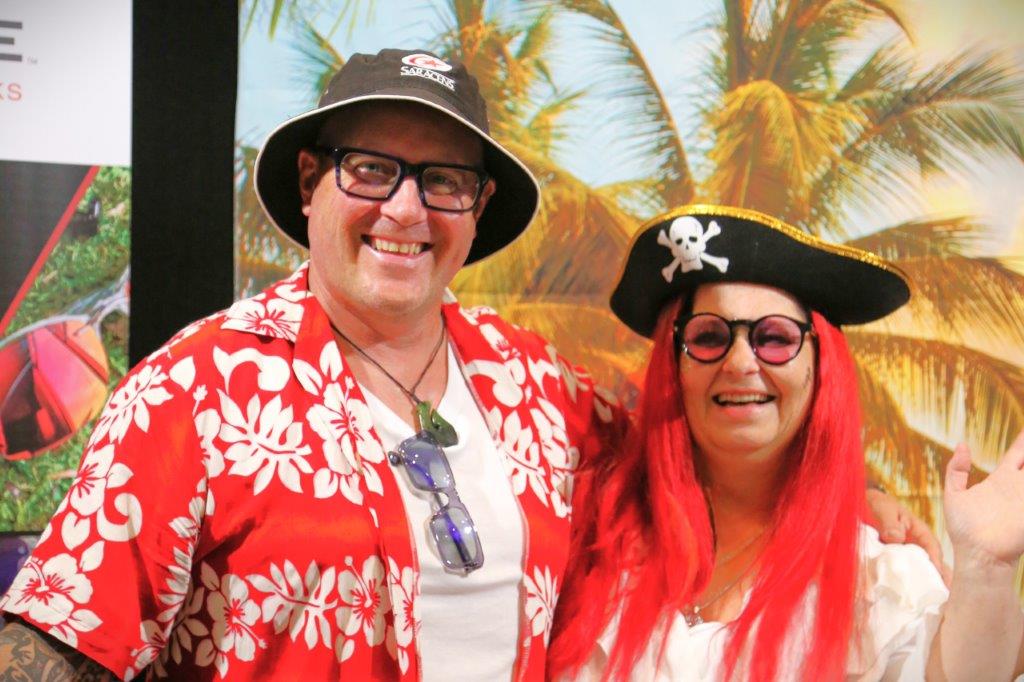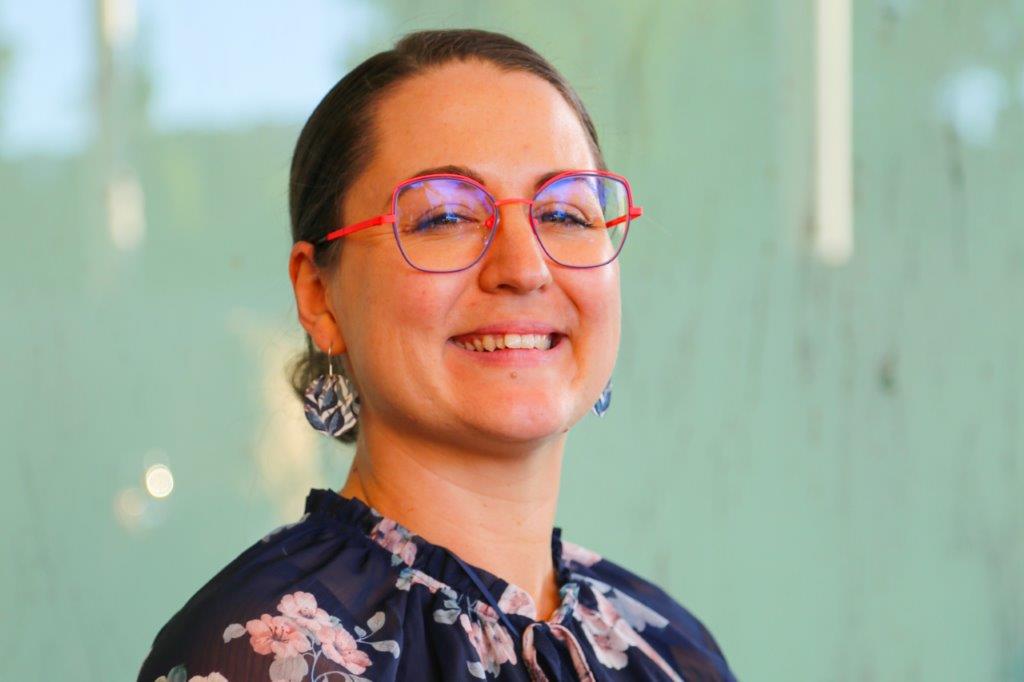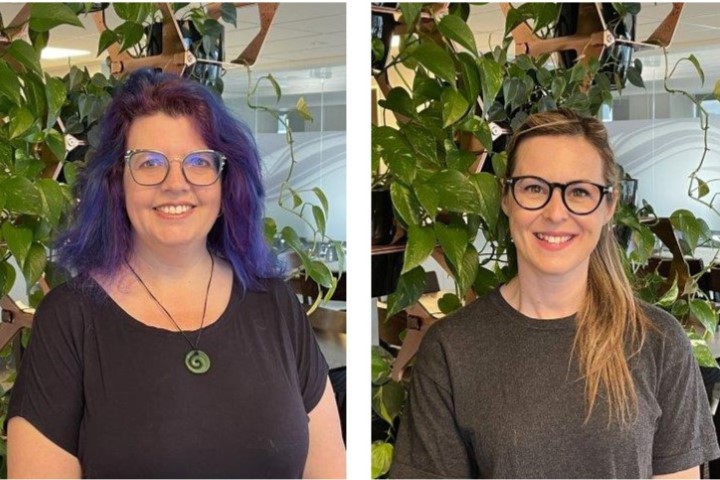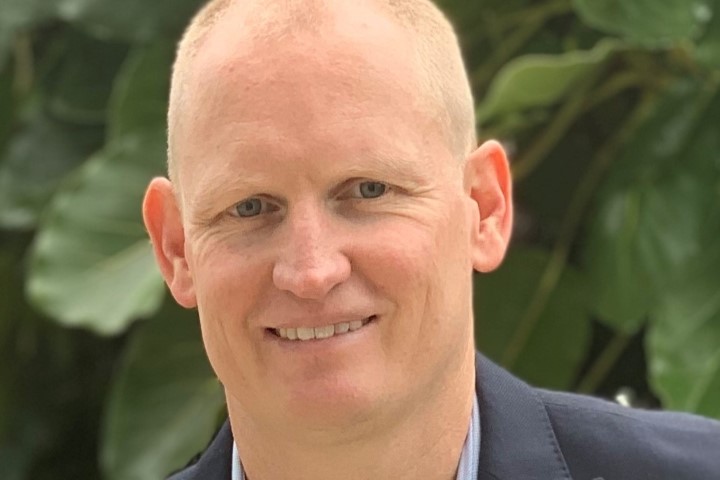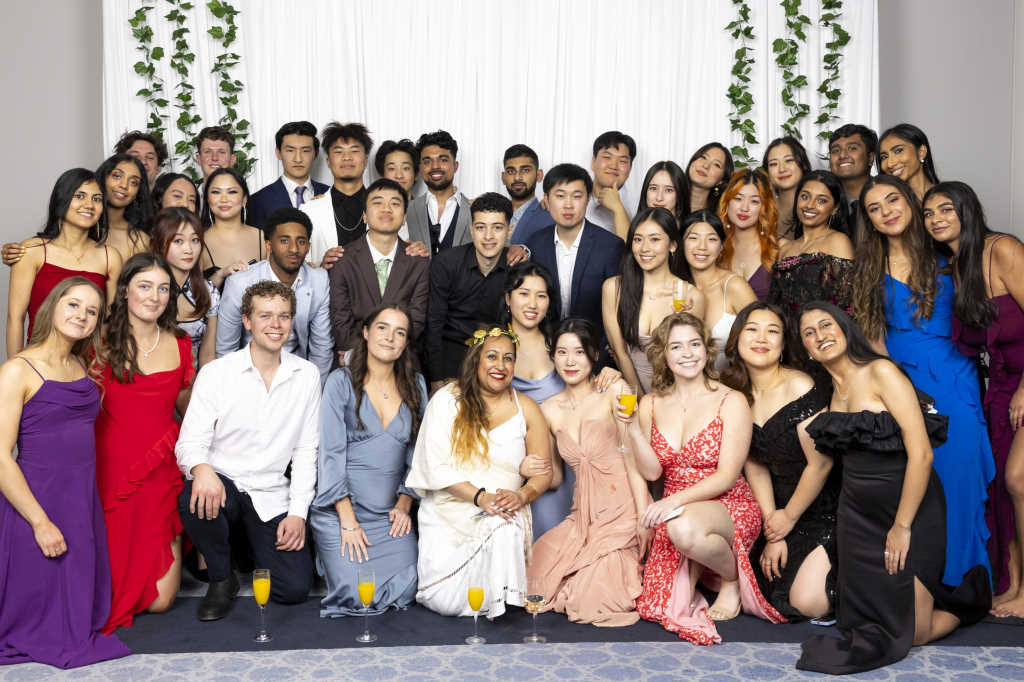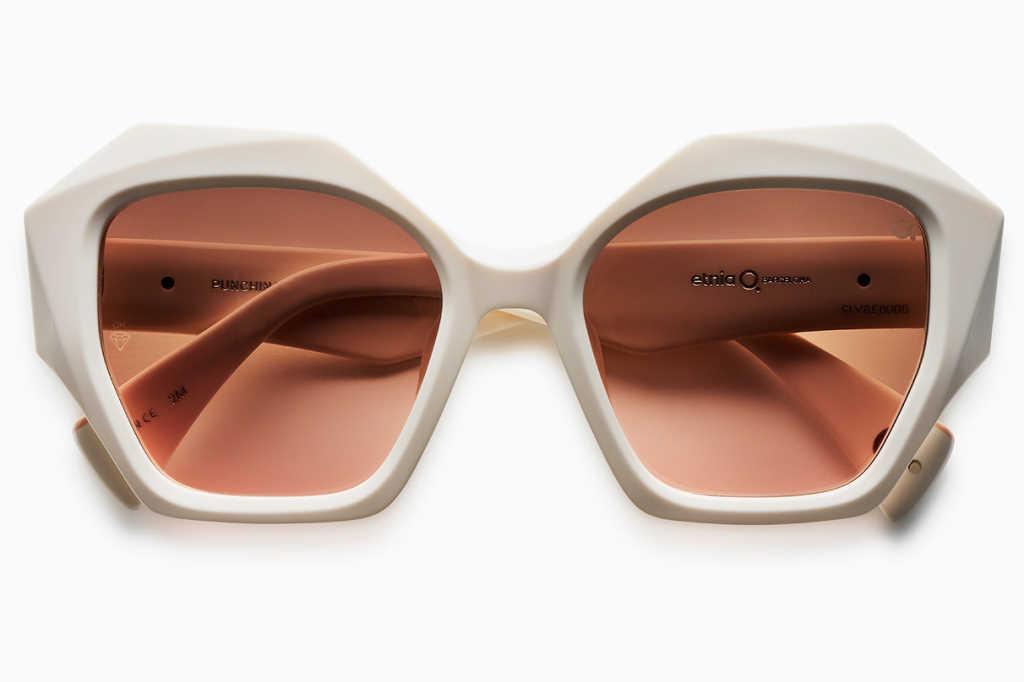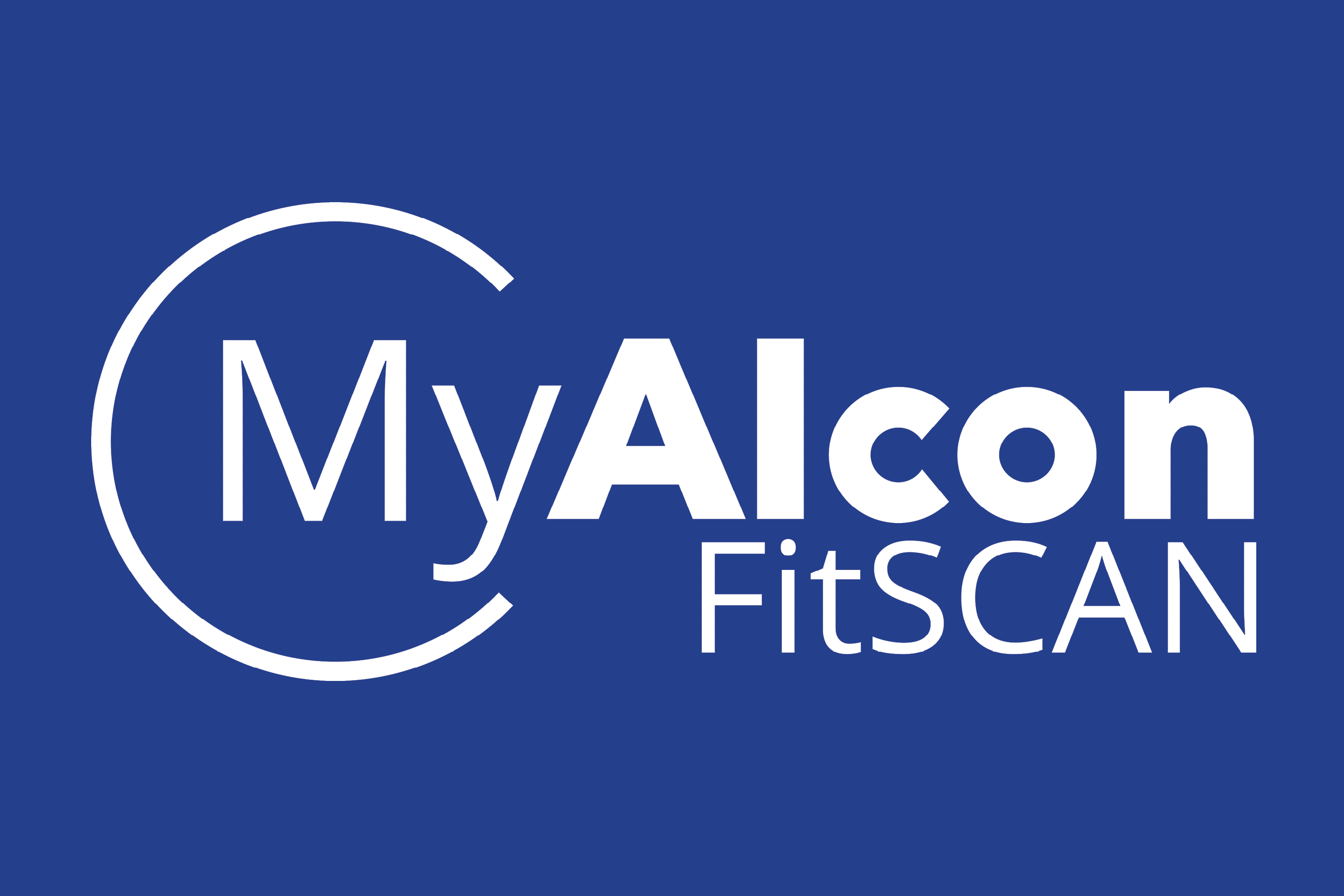Cutting it in today’s optical retail world
As both retailers and customers, I think many of us recognise there has been a significant upheaval in the world of retail over the past decade.
Retail is cut-throat. Our mobile-first shoppers can access anything with a swipe, click or Google to help guide their decisions and choices. So, retail is no longer one-dimensional. It’s now comprised of a whole ecosystem of virtual, digital, physical and social expressions about your offerings.
Amongst all this noise and chaos, today’s consumers do not buy just products and services any more. Their purchase decisions now revolve far more around buying into an idea and an experience. Shoppers can be irrational and unpredictable, but they do crave rich, seamless, engaging and frictionless experiences. They want to touch, feel, taste, smell and interact with what they are buying or who they are buying from. They want to engage, and be engaged, at a personal level.
Optical retailing is a category which, in some quarters, has lost its mojo. But in others, evolving optical retailers are cleverly adapting their businesses to connect with their shopper’s hearts, imaginations and their wallets. They have embraced today’s retail trends, maximizing their customers’ total retail experience, embracing social community, providing enriched experiences and clever personalisation tactics, all backed up by the latest technology and data.
Here’s a few examples of those doing it well to illustrate what I mean.
Kite: an eyewear boutique
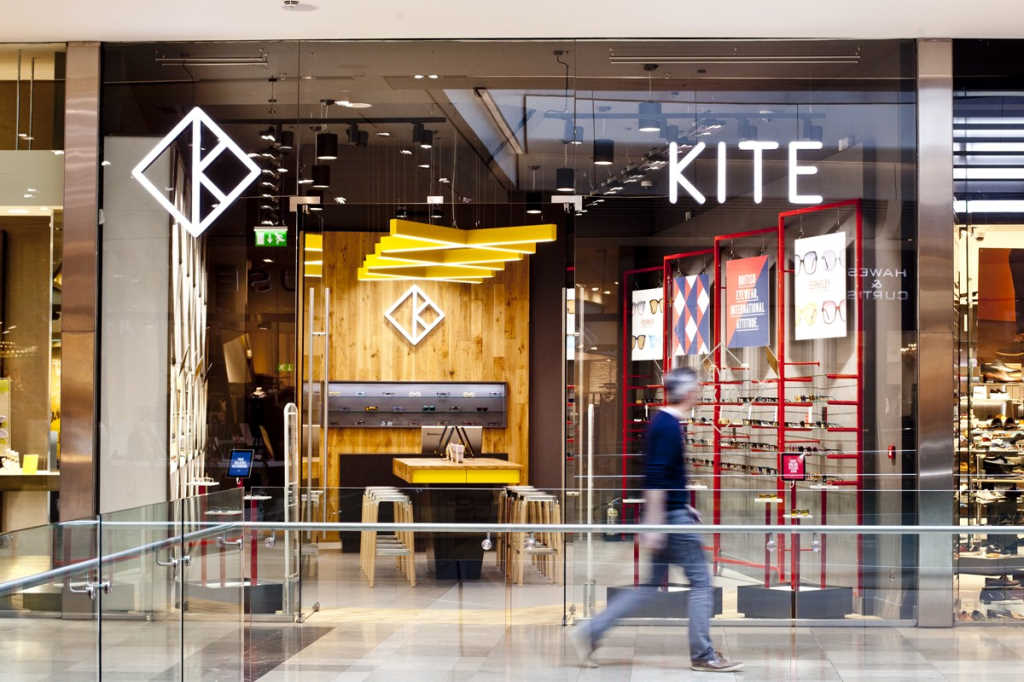
London’s Kite store has changed the way we look for eyewear and the typical experience of going to the optometrists. Born from both a love for fashion and eye care, and the desire to create a new breed of optometrists that delivers the best of both, Kite’s focus is on making a trip to the optometrist’s fun and pleasurable. As one retail magazine put it, more akin to shopping for new shoes, than visiting a healthcare provider.
Kite has designed a cool, colourful boutique that fuses fashion, personal feel, good service and expert eye care into one in-store experience, that is both relaxed and professional. Staff project a friendly, non-pressure vibe. Walking through the doors, you feel less like a customer and more like a friend coming to hang out.
The Kite kiosk is a multi-touch display which allows you to take #specselfies with your favourite Kite eyewear on and instantly share these with your friends and family on Facebook, Twitter and Instagram to see what they think. It’s just as refreshing as the carrot juice they offer on arrival.
Different frame styles have been put into sections and all have their own unique postcard with their name and a brief description of the glasses, size and extensive number of colours available. Wave that postcard in front of Kite’s frame stylist and they will know exactly what you want. Plus, all the styles are displayed in both optical and sunglass versions.
This is a game-changing experience creating a destination that draws people in, encourages them to linger longer and have fun with the products.
Warby Parker: the total retail experience
Total retail is retail that is delivered nimbly, seamlessly and holistically. An ecosystem delivering frictionless shopping experiences across many touchpoints. It is an elegant and engaging retail approach that makes a lot of money, often by employing an in-store experience built around the mobile and digitally-connected consumer. This panders to the tech-savvy’s consumer’s need to research online and purchase in-store, or “touch and feel” the merchandise in the store and then purchase online later.
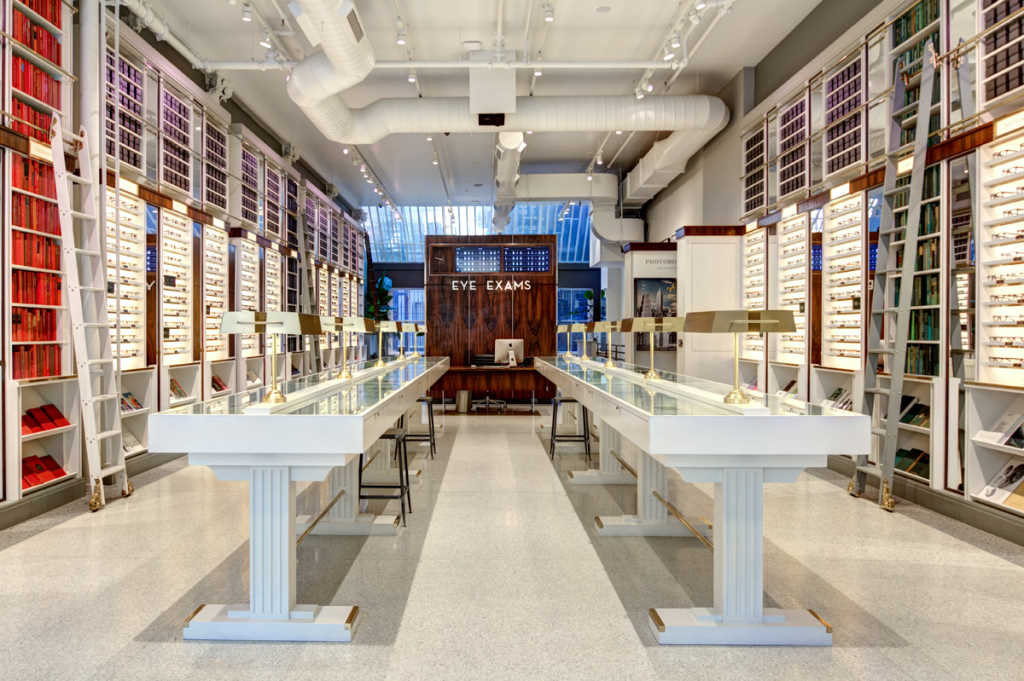
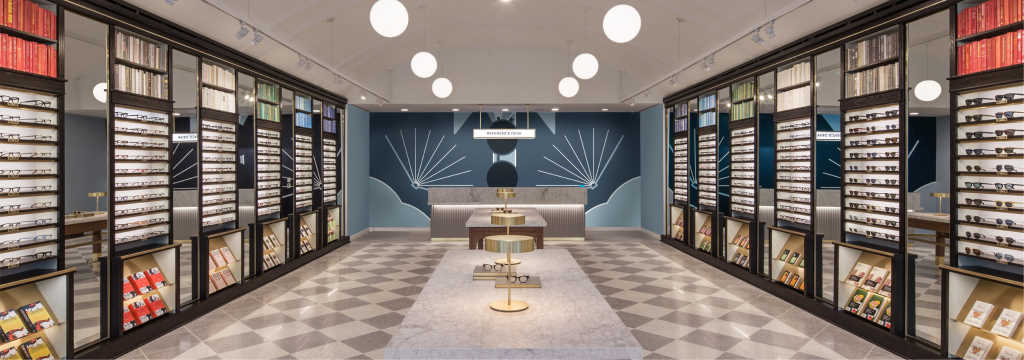
Warby Parker
Warby Parker, embraces the total retail concept elegantly. It is a distinctive technology-based lifestyle brand that is becoming a major disruptor in the eyewear category. By designing and manufacturing their own frames and selling them directly to consumers, they’re able to charge as little as $95 per frame. A fraction of what a similar pair of glasses would cost at a competitor’s store, especially as the price includes prescription lenses, shipping and a donation to a not-for-profit.
What makes Warby Parker stores remarkable is they break many of the traditional retail rules. The company sees its stores as giant advertisements to connect the Warby Parker brand with shoppers. This experiential hub is working, with the third best sales per square metre recorded internationally, lagging only behind Apple and Tiffany!
At a Warby Parker store, you are greeted as you cross the threshold. Their staff recognise that if there isn’t a warm welcome, there may never be a customer journey. Warby Parker stores also have a “mirrored layout,” where every frame displayed on the left wall is also displayed on the right. This sacrifices close to 50% of the store’s prime space but keeps customers from having to jostle with each other to look at or try on a particular pair of frames.
Toyshades: toying with you
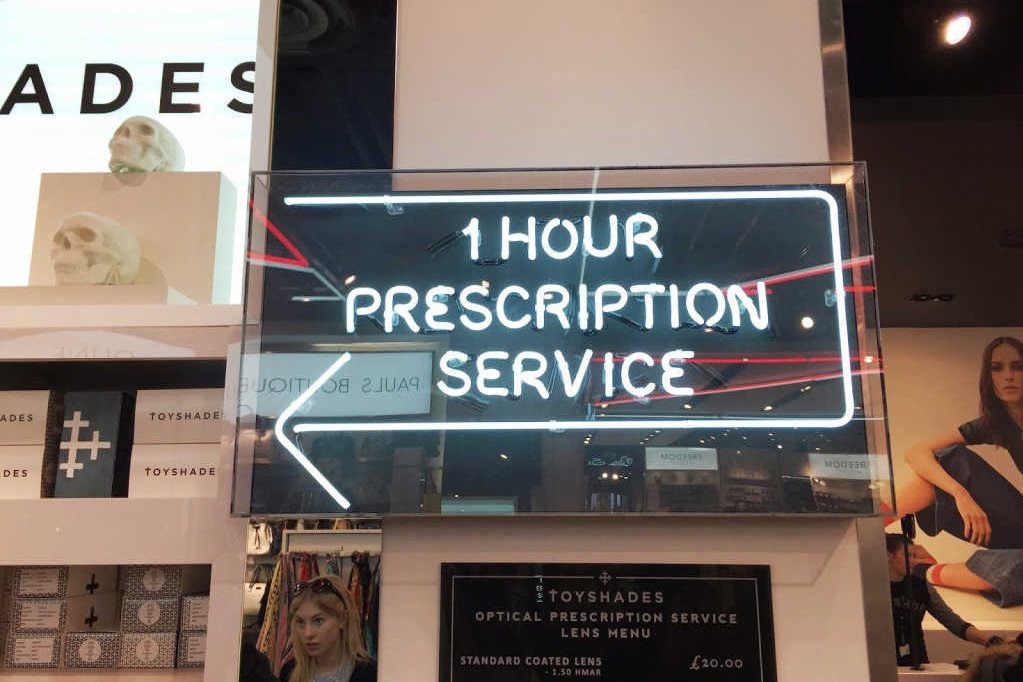
Founded in 2013, Toyshades offers a stylish simplicity to eyewear retailing and a new and innovative approach to product design and pricing. The company’s aim is “to create affordable eyewear that is fashion-forward without the heavy price tag”. Its distribution model includes not only online, but concession stores in the likes of popular fashion retailer Topshop.
By making the price accessible, Toyshades is making plano glasses a fashion accessory. You wouldn't walk into an optometrists and think, 'today, I'm going to try on a pair of clear lens glasses even though I have perfect vision’. But in Topshop, it's a no-brainer: you put them on, you look good, and they're just £20.
For those who do actually require prescription lenses in their new glasses, the BYOP (bring-your-own-prescription) service costs £40, and Toyshades claims it can have frames ready in just one hour.
Setting the bar higher
Smart, slick, international competitors are landing on our shores in droves and online shopping, social media, shopper savviness and the proliferation of choice means the bar has never been higher. And guess what? It is still going up.
The retailers explored in this article are great examples that you don’t have to have a one-size-fits-all approach. By understanding your customer better, ensuring the user experience is seamless and having an authenticity and truth to your own business story, will make all the difference.
Here are three things to explore in your own business to help evolve it into a compelling and relevant offer for your customers and potential customers:
- Be uncomplicated - Have a clear proposition and tell that story: Why should I choose you over every other retailer that operates in your category?
- Be distinctive - What makes you so special? If I can buy it somewhere else for cheaper, what else do you offer that means I should choose you (eg. curation, depth of range, best array of quality, more colours, exclusives, service)
- Get personal - Truly understand that a customer likes to feel individual and important. Treat them with respect and have a two-way conversation. Stop talking at them, instead talk with them.
Our shopper’s world is shifting and changing at a pace that it never has before. With so much information and options being thrown at them, it will be the experiences that you leave them with which will make them come back again and again.
You know that feeling. You’ve had it yourself.
* Juanita Neville-Te Rito is founder of retail consultancy The Retail Collective
